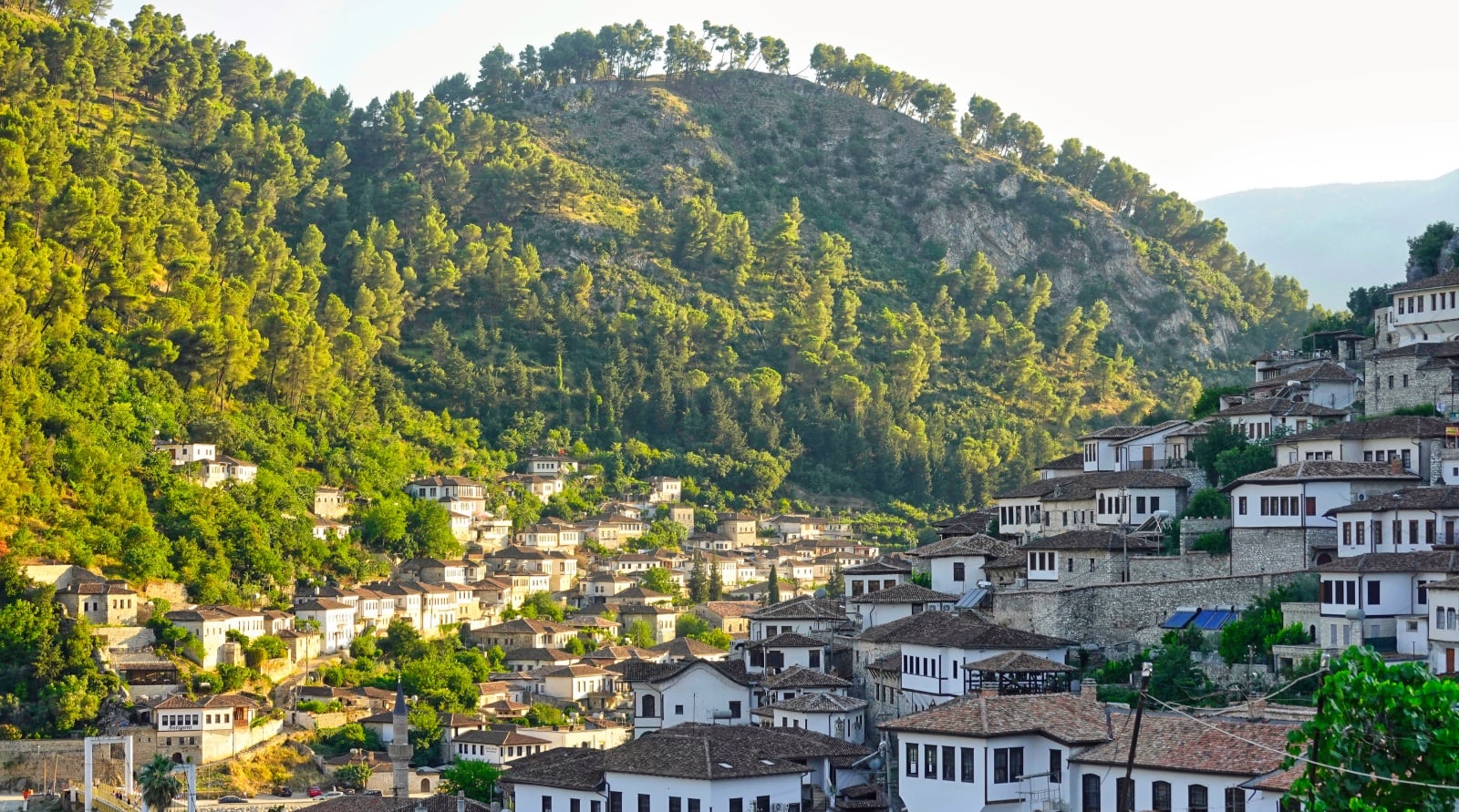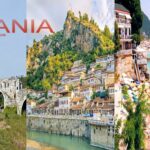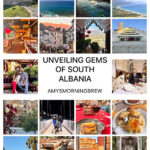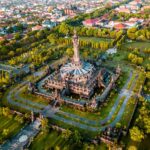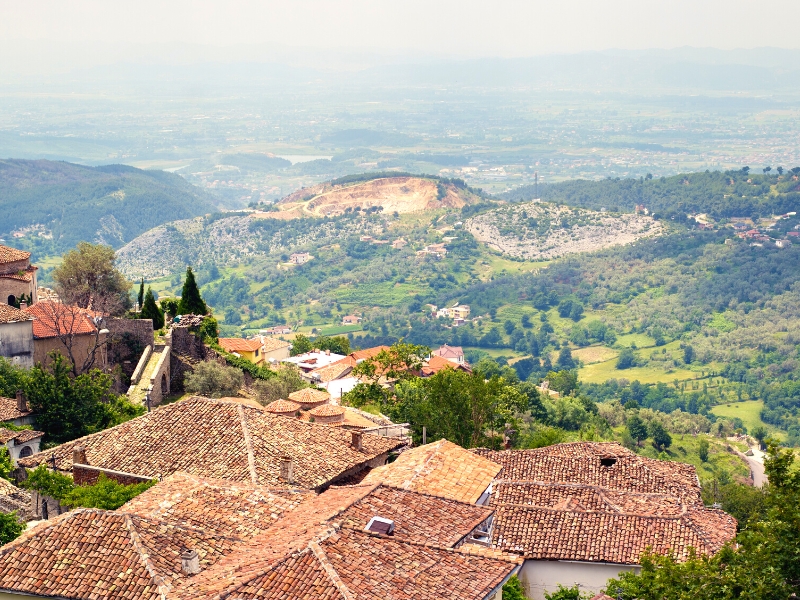
Introduction
Overview of Albania’s Traditional Villages
Albania’s traditional villages are a tapestry of rich <a href="https://ariatravels.com/uncovering-britains-rich-cultural-heritage-a-guide-to-cultural-tourism/”>cultural heritage, offering a glimpse into a simpler, more harmonious way of life. Nestled in the stunning Albanian countryside, these villages feature remarkable stone houses and winding, narrow streets that tell untold stories of generations past. Each village showcases unique customs and practices, making them fascinating destinations for those seeking authenticity.
Significance of Preserving Traditional Rural Life
Preserving these traditional rural lifestyles is crucial for a variety of reasons:
- Cultural Identity: They embody the core values and traditions that define Albanian culture.
- Biodiversity: Traditional practices promote biodiversity and sustainable agriculture.
- Community Cohesion: These villages foster strong social bonds, vital for communal support and resilience.
By valuing and conserving these villages, we ensure that future generations can experience the profound richness of Albania’s cultural landscape.

The History of Albanian Villages
Origins and Development
Albanian villages have roots that date back centuries, reflecting a rich tapestry of history and evolving lifestyles. The origins are often traced to the Illyrian tribes, known for their strong connection to the land. Over the years, as trade routes developed, so did these villages, transforming into bustling hubs of agriculture and craftsmanship.
Impact of Historical Events
Historical events have shaped Albanian villages in profound ways:
- Ottoman Influence: Under Ottoman rule, many villages adapted architectural styles and agricultural techniques.
- WWII Impact: The war brought destruction but also solidarity among villagers, strengthening community ties.
These events laid the groundwork for the unique cultural identities seen in today’s Albanian villages, enriching their charm and character.
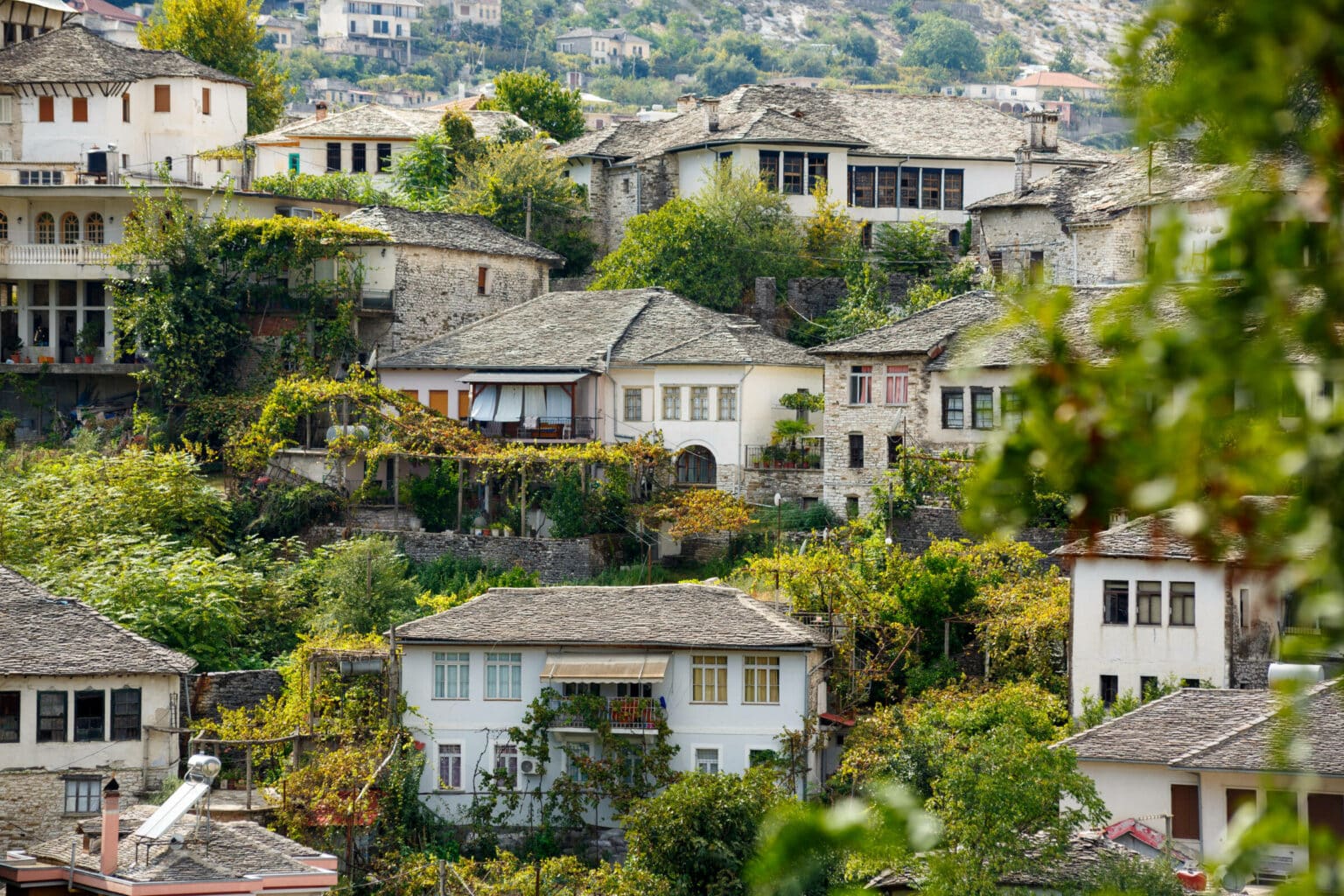
Architecture and Design of Traditional Villages
Characteristics of Traditional Albanian Houses
The architecture of traditional Albanian houses is a beautiful blend of practicality and aesthetics. Commonly built with:
- Stone and Wood: These materials provide durability and a sense of warmth.
- Flat Roofs: Perfect for storing livestock and agricultural goods.
From personal experiences visiting these villages, the intricate wooden details and vibrant colors create a welcoming atmosphere that invites exploration.
Village Layout and Community Spaces
The layout of Albanian villages is thoughtfully designed to foster community interaction:
- Central Squares: Often the heart of village life, these spaces host gatherings and markets.
- Narrow Pathways: Encourage socialization and a sense of closeness among residents.
This design not only reflects the practicality of rural life but also enhances the communal spirit that defines these charming villages.

Traditional Lifestyle in Albanian Villages
Daily Routines and Activities
In Albanian villages, daily routines are steeped in tradition and revolve around communal living. From sunrise to sunset, villagers engage in various activities that reinforce their connection to the land and each other:
- Farming: Agriculture is at the heart of village life, with tasks like planting and harvesting being shared among families.
- Craftsmanship: Skills such as weaving or woodworking are passed down through generations, enhancing local economies.
In my visits, witnessing families working together in the fields was a vivid reminder of the strength found in unity.
Cultural Heritage and Festivals
Cultural heritage shines brightly through the vibrant festivals celebrated in these communities. Notable events include:
- Gjirokastër Castle Festival: This annual event showcases traditional music, dances, and local crafts, attracting visitors from far and wide.
- Christmas and Easter Celebrations: These hold profound significance and are marked by unique customs that highlight the deep-rooted spirituality of the villagers.
These festivities not only preserve the rich cultural tapestry but also unite villagers, reaffirming their shared identity and traditions.
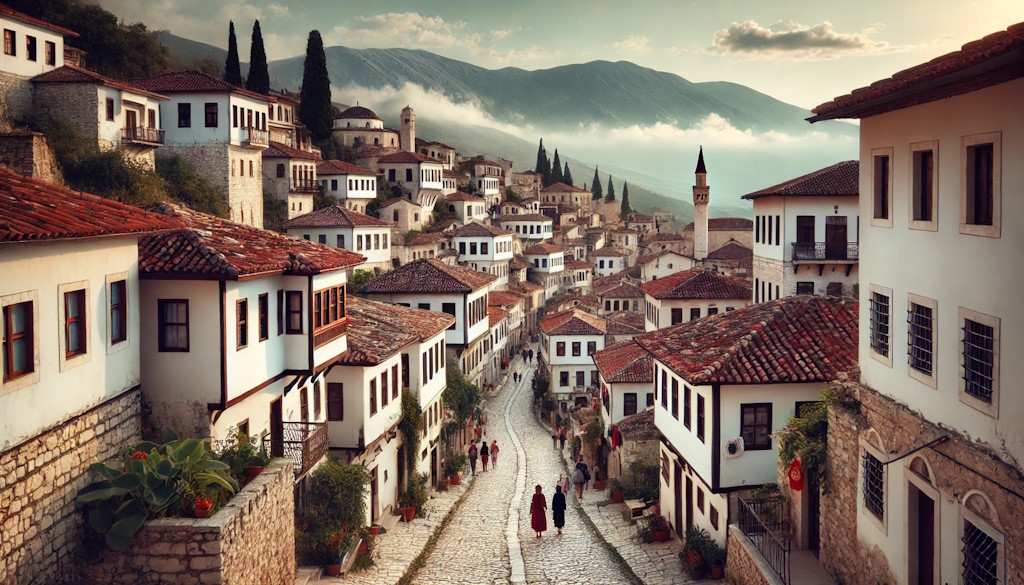
Challenges and Preservation Efforts
Modernization and Its Effects
While the charm of Albanian villages continues to captivate many, modernity poses significant challenges. Rapid urbanization and technological advances often lead to:
- Decline in Population: Many young people leave for city opportunities, causing villages to age.
- Loss of Traditions: As lifestyles change, traditional practices and craftsmanship risk fading into obscurity.
During a recent trip, talking to elders about the changes left a lasting impression, highlighting both nostalgia and concern for the future.
Initiatives for Conservation and Sustainability
Recognizing these challenges, proactive measures are being implemented to preserve this cultural heritage. Initiatives include:
- Community Workshops: These foster skills in traditional crafts, ensuring knowledge is not lost.
- Eco-Tourism Projects: They promote sustainable tourism that benefits local economies while conserving heritage.
By blending tradition with sustainable practices, Albanian villages are paving the way for a future where cultural identity remains vibrant amidst modern influences.
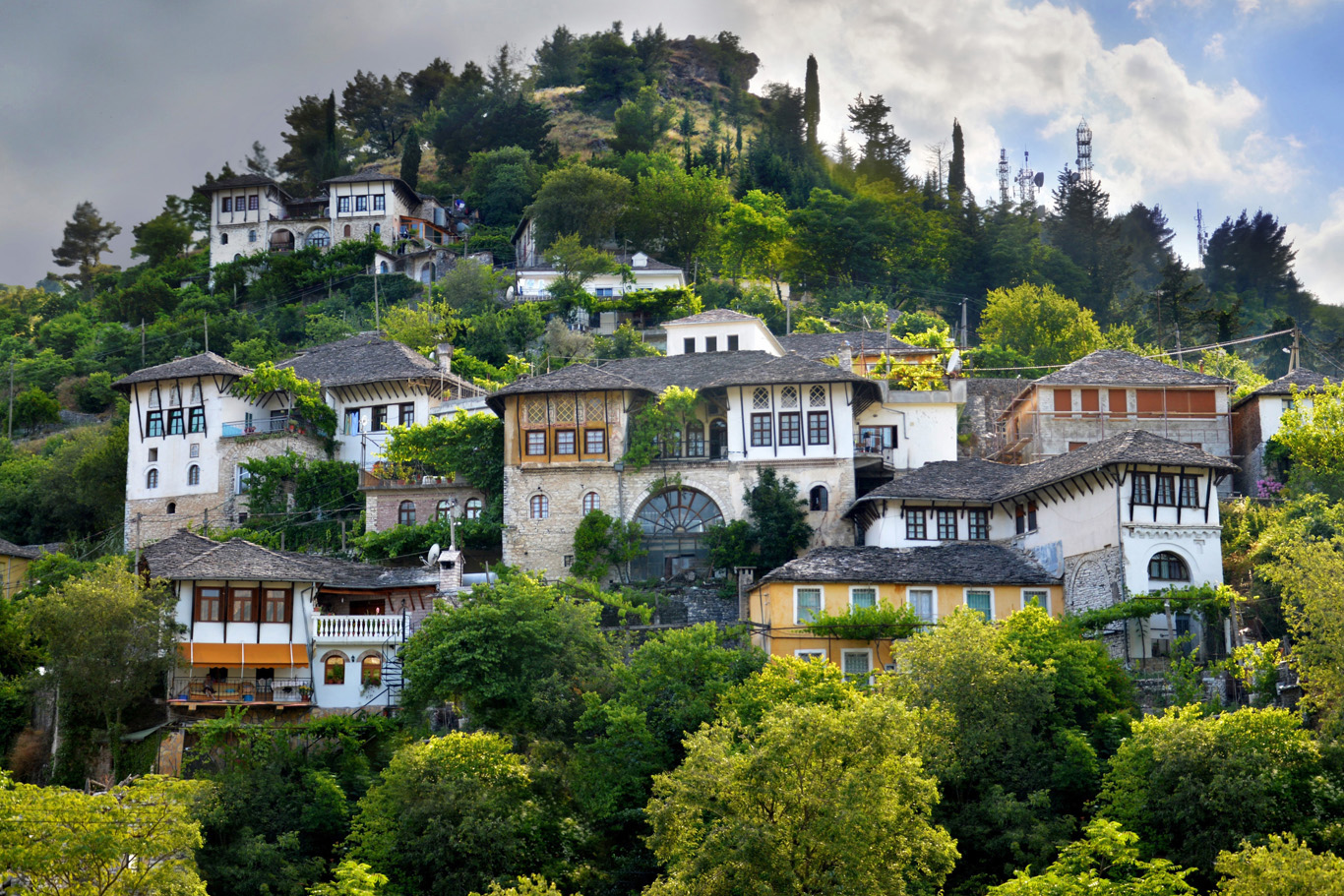
Tourism in Albanian Villages
Attractiveness to Visitors
Albanian villages present a unique allure for tourists seeking authentic experiences. With their stunning landscapes and rich history, these destinations offer:
- Cultural Immersion: Visitors can participate in traditional activities, from cooking lessons to folk dance, making their stay memorable.
- Natural Beauty: The breathtaking views and serene atmosphere draw nature enthusiasts looking to escape the hustle of urban life.
During my visit, I remember the warm hospitality of villagers who shared their stories over homemade food, creating cherished connections.
Balancing Tourism with Tradition
While tourism brings economic benefits, maintaining a balance with tradition is vital. Some effective strategies being implemented include:
- Visitor Guidelines: Educating tourists on local customs helps protect cultural integrity.
- Sustainable Practices: Encouraging eco-friendly accommodations minimizes the environmental footprint.
By fostering a respectful relationship between visitors and locals, Albanian villages can thrive economically while preserving their unique cultural identity for generations to come.

Future Prospects and Sustainability
Prospects for the Continuation of Traditional Life
The future of traditional life in Albanian villages appears promising, given the growing interest in cultural heritage. Many villagers are revitalizing customs by:
- Engaging Younger Generations: Initiatives that involve youth in traditional practices foster a renewed appreciation for their heritage.
- Cultural Exchanges: Programs with international visitors promote knowledge sharing, reinvigorating local customs.
During my conversations with elders, their hope for passing down traditions to the next generation was truly inspiring.
Strategies for Sustainable Development in Rural Areas
To ensure the sustainability of rural life, various strategies are being embraced:
- Agro-Tourism Development: By integrating farming with tourism, villagers can diversify income while education visitors about local agriculture.
- Community Marketing: Promoting local crafts and products online helps generate income and supports local artisans.
These approaches aim not just to preserve but to enhance the vibrant culture of Albanian villages while ensuring a sustainable future.

